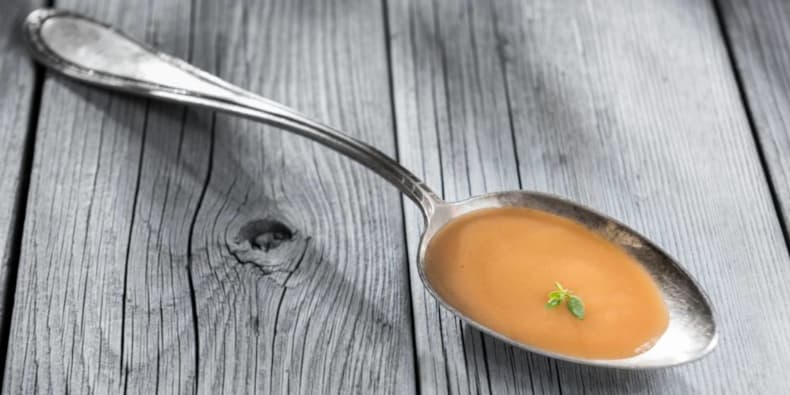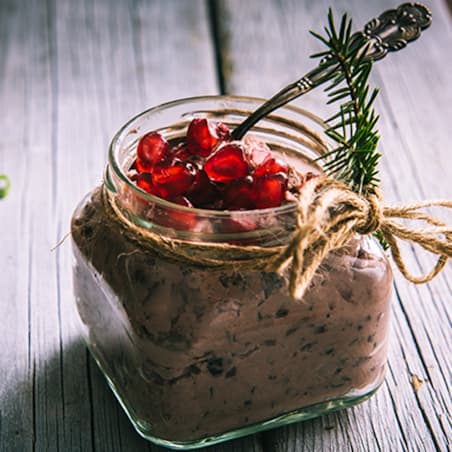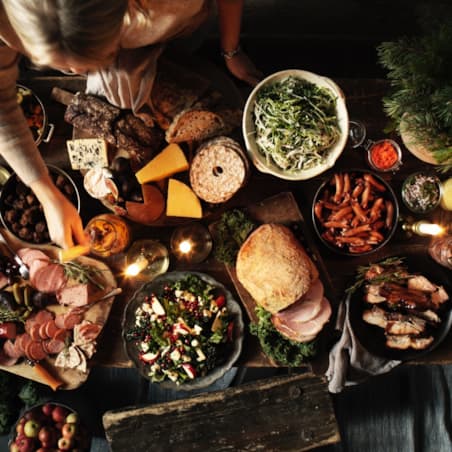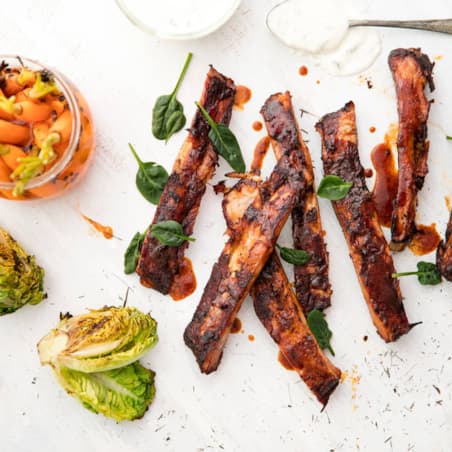The beginning of Autumn usually inspires people to start training, so why not try training something a bit different this time. In addition to ordinary muscle exercise try these simple 5 step instructions to train your taste.
“You can’t argue about taste” is a common saying that should be argued. There can be many opinions about taste - or have you ever heard about universal good taste, that everyone agrees? Taste preferences evolve as years go by; for example your very first sip of coffee tasted hardly delicious, still we learn to enjoy and love the taste of it. Something happens to our taste along the way.
Taste preferences are both genetic and learned
We have a natural liking to sweet and dislike to bitter tastes, because these features have been essential for staying alive in times, when you had to taste the food to know whether it was nutritious or lethal. In addition to sweet, also sensitivity to sour and bitter varies genetically. It is possible that people who are sensitive to bitter may find it more difficult to experience e.g. salads as delicious.
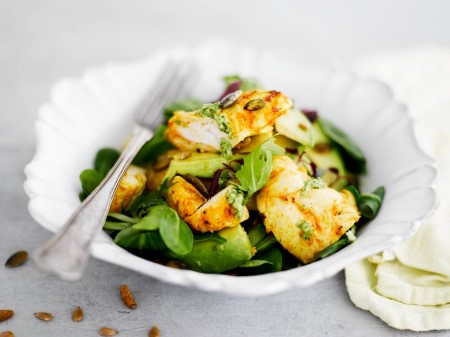
Inherited taste-palette is not constant, we learn new flavors all the time. Tastes we learn to like in childhood usually last through life, that is why it is especially important to offer varied food to children. Same kind of taste-adventures can be carried throughout life: it is known that repeated taste occasions help getting used to new flavors (well not always, I still struggle after several years trying to get used to cilantro). There can be bumps on the road: if you happen to taste something when you are sick, you may connect this flavor to that unfortunate period and don’t want to try it ever again. This is called aversion and happened to me with herring (yes, I still have difficulties with herring-dishes).
On a health aspect taste culminates mainly to sweet and salty (the less the better), but they are complemented by three other basic tastes: bitter, sour and umami. This basic taste palette comes handy if the dish seems to be tasteless. Instead of first grabbing the salt shaker, you may want to build up the taste with layers: sour enhances saltiness, sweet rounds sourness and bitterness and umami binds all tastes together. Good example of such harmonious taste symphony is e.g. tomato-mozzarella -salad or sausage with ketchup (yes, really)!

Train and repeat
Taste doesn’t tell whether the food is healthy or unhealthy. Taste is an individual experience combined with genetics, experience and environment. Luckily taste can be trained. As with any other training, goal-oriented exercise makes the difference. If you feel that healthy food doesn’t taste good, you may want to start training with this following series:
1. Warm up your taste buds by eating something familiar food that tastes good
2. Adjust proper equipment in hand: set the table and lightning nicely, find good company if possible
3. Taste the new food
4. Cool down and analyse how the food tasted, if your mind didn’t blow up, think whether the new taste could be paired with some other food
5. Repeat
It may still be not wise to argue about taste, but everyone can evolve with it. Fruitful life-long training session with taste!
Soile Käkönen
Nutrition Expert at HKScan



